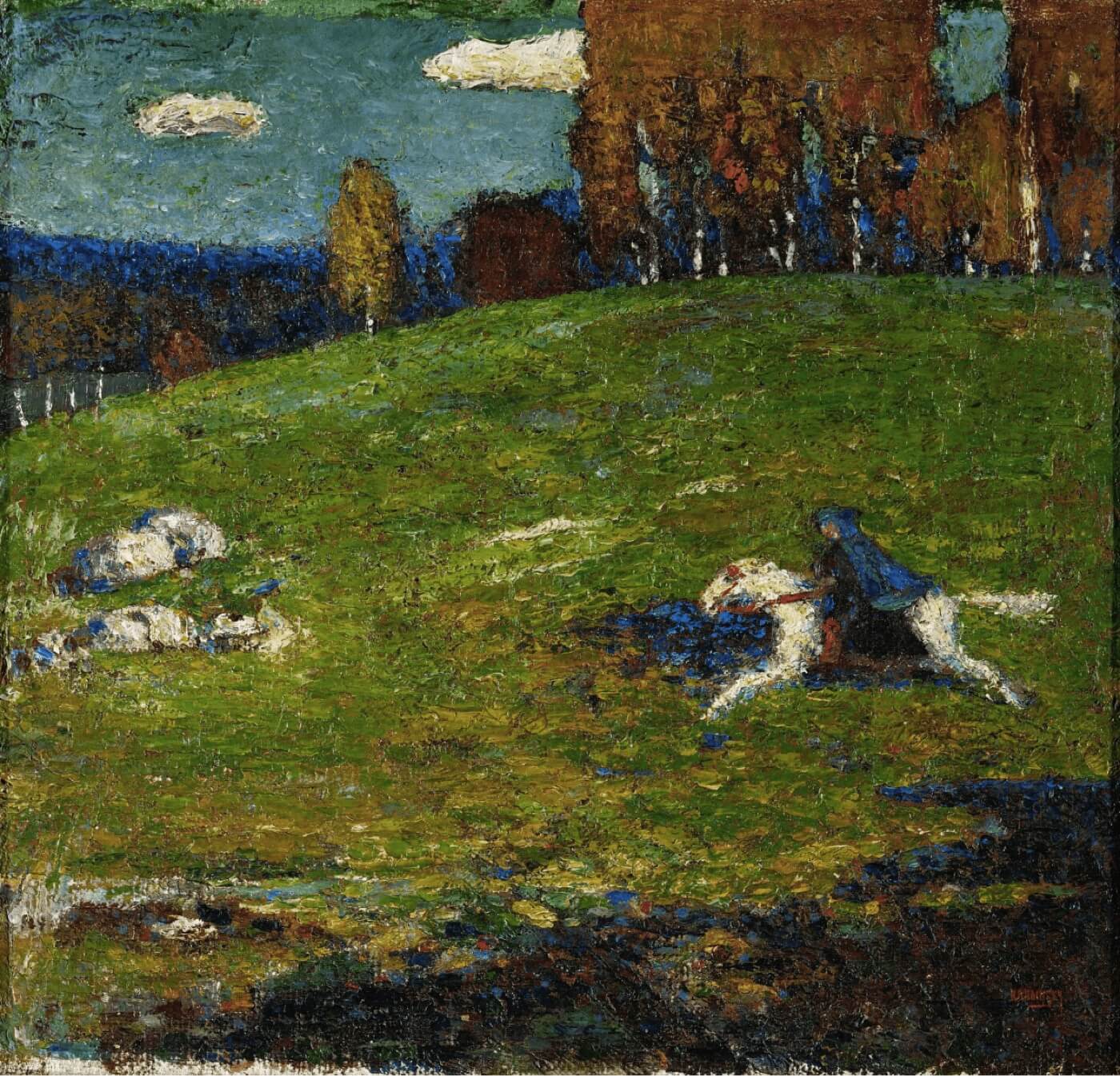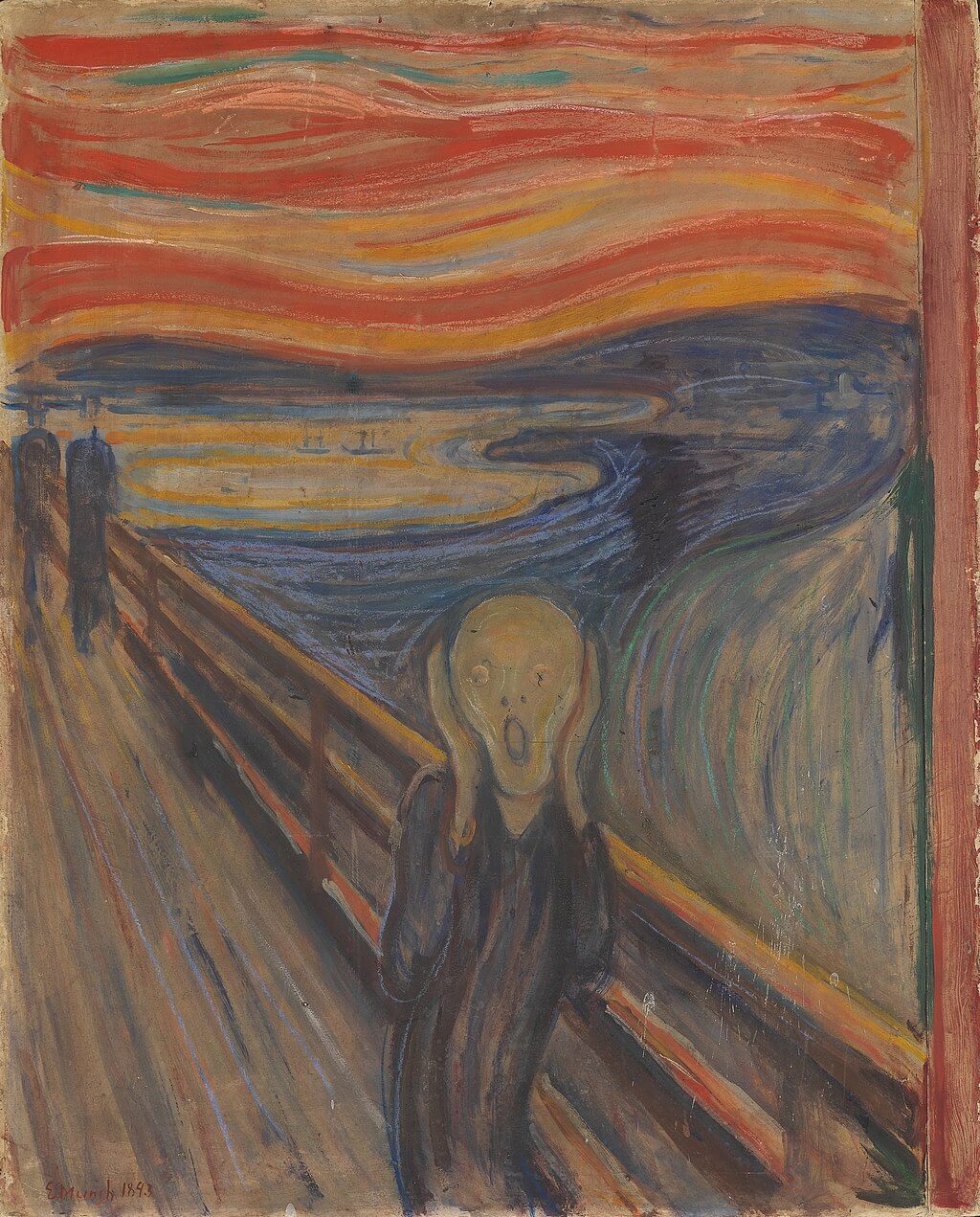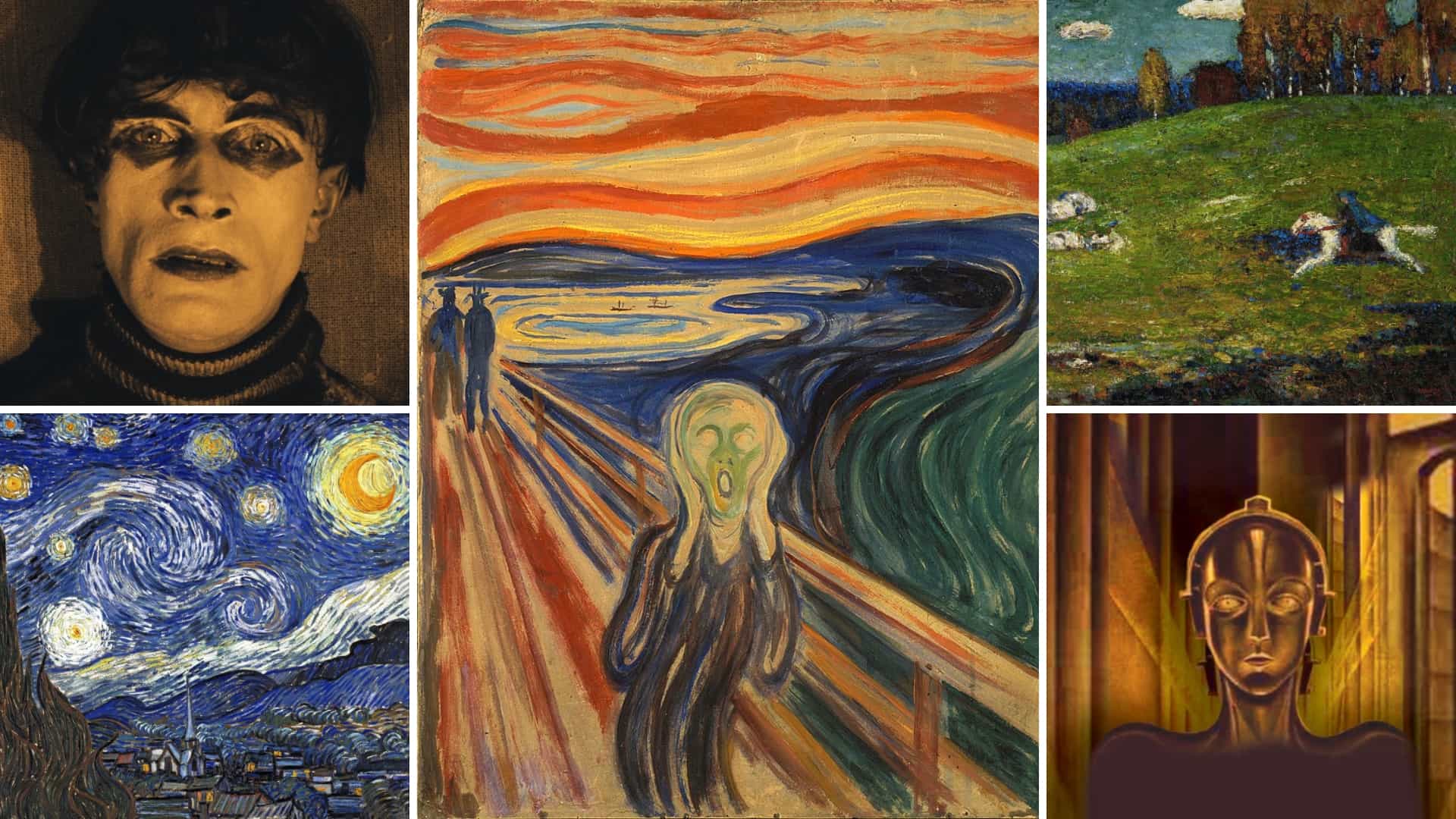It’s an art style that had roots in the late 19th century but came into full force in the 20th century. Rejecting objective impressions for a subjective look at the world around them, expressionism art was much more than a traditional art movement or even a group of expressionism artists. This was a rejection of more life-like artworks and partially a reaction to the new industrial and urban world taking over. Artists in the field of expressionism painting emphasized feeling above all. But what is expressionism art, who were the main players, and what does it have to do with cinema?
Expressionism Definition
First, let's define Expressionism
The influence of expressionism art is all encompassing. It touched not just traditional art but also drama, literature, and, of course, movies. After we briefly go over expressionism artists, we will dig into how it influenced the world of cinema.
We will focus primarily on the most obvious influence, German Expressionism, followed by its spiritual successor, Film Noir. This leads us to the present day where expressionism’s influence remains. For more, check out our index of art styles covering more specific and noteworthy movements.
The movement and style of expressionism is very broad and encompasses several artistic mediums. But the basic expressionism definition is pretty concrete. Its definition is also universal, meaning it can apply to paintings as well as offshoots, from literature to drama to cinema.
Without further ado, let's look at when did expressionism start and what does expressionism actually mean.
EXPRESSIONISM DEFINITION
What is Expressionism?
Expressionism is an art type, style, and movement that emphasizes subjective feeling in its works. This contrasts with other painting styles of the late 19th century that put an emphasis on objectivity and realism. Expressionism art, therefore, was both a rejection and reaction of more realist styles. It was also a reaction of the changing world these early 20th century artists were witnessing.
Characteristics of expressionism:
- Emphasizing subjective feeling and emotion in art
- Showcase how a feeling vs how it is in reality
- Disregard for realism showing things as they are
Expressionism Painting
A quick history of Expressionism
Expressionism the art movement is very broad, to the point where it might actually be best to not call it a movement. This art, if nothing else, is a style, era, and, if I may be so bold, an attitude that was coming up in the late 19th century in Europe. It was strongly concentrated in France and Germany, but other countries got into it, too.
There is no shortage of expressionism artists in this era. Prominent artists include Edvard Munch, Wassily Kandinsky, Ernst Ludwig Kirchner, and Egon Schiele. Some of these artists, like Ludwig Kirchner, became part of specific groups, like Die Brucke and Der Blaue Reiter (which was named after Kandinsky’s painting of the same name).

What is Expressionism • Der Blaue Reiter (Kirchner)
Kirchner’s expressionism artwork Der Blaue Reiter is definitely an important expressionism painting, but Munch’s The Scream might be the most popular. World famous, it features a figure in utter anguish in a truly subjectively painted landscape.
It could even draw comparisons to Vincent van Gogh, whom some consider a precursor to the expressionist style, due to his expressionism artwork also reflecting a subjective viewpoint of the world.

Expressionism Painting • The Scream (Munch)
But while expressionism art is all about subjectivity (and a rejection/reaction of contemporary life and trends of the time), not all of the artists painted the same things. Schiele, for example, is famous for his artworks depicting people with unsettling and unnatural looks and poses, some of which are sensual (and sexual) in nature.

What is Expressionism • Self-portrait (Schiele)
And from all this art came the different offshoots. Not including later American expressionism, the movement found its way into literature, drama, dance, architecture, and cinema.
While expressionist architecture is quite famous, this is not an article exclusively about architecture. That said, expressionist architecture is an important element of German Expressionism cinema, which will now dig into.
Related Posts
Expressionism Cinema
German Expressionism
Prominent during the Weimar Republic (Germany between 1918-1933), German Expressionism cinema took those ideas of subjective perspective, feelings, and emotion and put them on the screen.
German Expressionism tackled the anxieties and dread of the time just after World War I. German Expressionist films featured exaggerated makeup, sets, and filmmaking styles (as well as being in black and white).
Here you would see crazy architecture and deliberately unrealistic sets, all made to heighten a mood and feelings. The Cabinet of Dr. Caligari (1920) is very obvious with its expressionist influence, and it’s arguably the most famous German Expressionist film because of that.
Define Expressionism • The Cabinet of Dr. Caligari
However, there are other famous German Expressionism pictures, like The Student of Prague (1913) (an early example that is also noted as Germany’s first art film and one of the first horror films ever), The Golem: How He Came into the World (1920), and of course, Nosferatu (1922).
What is Expressionism • Nosferatu
And we also shouldn’t forget some later movies directed by the world famous Fritz Lang, like Metropolis (1927) (noted as one of the best science fiction films ever made) and M (1931) (an influential and landmark thriller).
Metropolis is more obvious in its exaggerated architecture and characters. But M uses expressionist darkness and shadow to give off contemporary feelings of anxiety and dread in an uncertain and pessimistic Germany.
Define Expressionism • M
One amusing detail is that, early in his career, the one and only Alfred Hitchcock worked with German filmmakers, which influenced his movies. This can be seen in his early films, like The Lodger (1927).
But they can also be seen in at least one later black and white feature: Psycho (1960), one of Hitchock’s very best pictures.
While the killer being hidden in shadow is one obvious influence, so is the dramatic use of the Bates home overlooking the Motel, along with other moments of obscured and shadowed figures.
What is Expressionism • Psycho
Aside from Fritz Lang, directors F.W. Murnau and G.W. Pabst and cinematographer Karl Freund are two other well known figures in German Expressionism. This is because they, along with other German filmmakers, had to flee their home country when it officially became Nazi Germany. And of course, they fled to Hollywood.
Expressionism Influence
Expressionism in Hollywood
The influence of German Expressionism and the filmmakers of the period continued when they moved to Hollywood. Of particular note are the Universal Monster movies of the 1930s.
These were worked on by many of these German filmmakers. Some of these films include landmarks like Dracula (1931) and The Mummy (1932), and they ushered in a monumental time in horror cinema.
These films became pop culture touchstones that are still relevant today, from Frankenstein’s monster to the Wolf Man.
Expressionism Characteristics • Dracula
However, if there was any way expressionism could be even more influential in Hollywood, it was through the emerging genre of film noir.
Even before this genre came to play, masterpieces from Orson Welles like Citizen Kane (1941) were employing German Expressionism techniques into their production and visuals.
What is Expressionism • Citizen Kane
Film noir has helped keep expressionism’s cinematic influence thriving to this very day. Film noir ended up being one of the most influential and important genres to come out of Hollywood.
And those movies, with their shadows, darkness, and cynicism, act as examples of the art movement’s evolution in cinema.
Aside from noir (and its influence) never truly going away (hello, Neo Noir), other later films have paid strong homage to German Expressionism cinema. Some of these include a retelling of Nosferatu with Werner Herzog’s Nosferatu the Vampyre (1979) and Woody Allen’sShadows and Fog (1991).
There are also filmmakers like Tim Burton who make their expressionist influences very obvious, as can be seen quite clearly in Batman Returns (1992).
Expressionism Characteristics • Batman Returns
While expressionism started as an art style among Europeans, it would not much later become influential in various mediums. With German Expressionism in cinema, then finding influence in Hollywood via monster movies and film noir, its influence continues to be felt to this day.
UP NEXT
Explore More Styles and Movements
This was just one of many fascinating segments of art history. There are many eras, styles, artists, and movements to discover. Let's continue our study by choosing the next stop on your way to becoming an art aficionado. Below you can visit our Art Styles Index, our Art History Timeline, or choose an individual movement.
Showcase your vision with elegant shot lists and storyboards.
Create robust and customizable shot lists. Upload images to make storyboards and slideshows.
